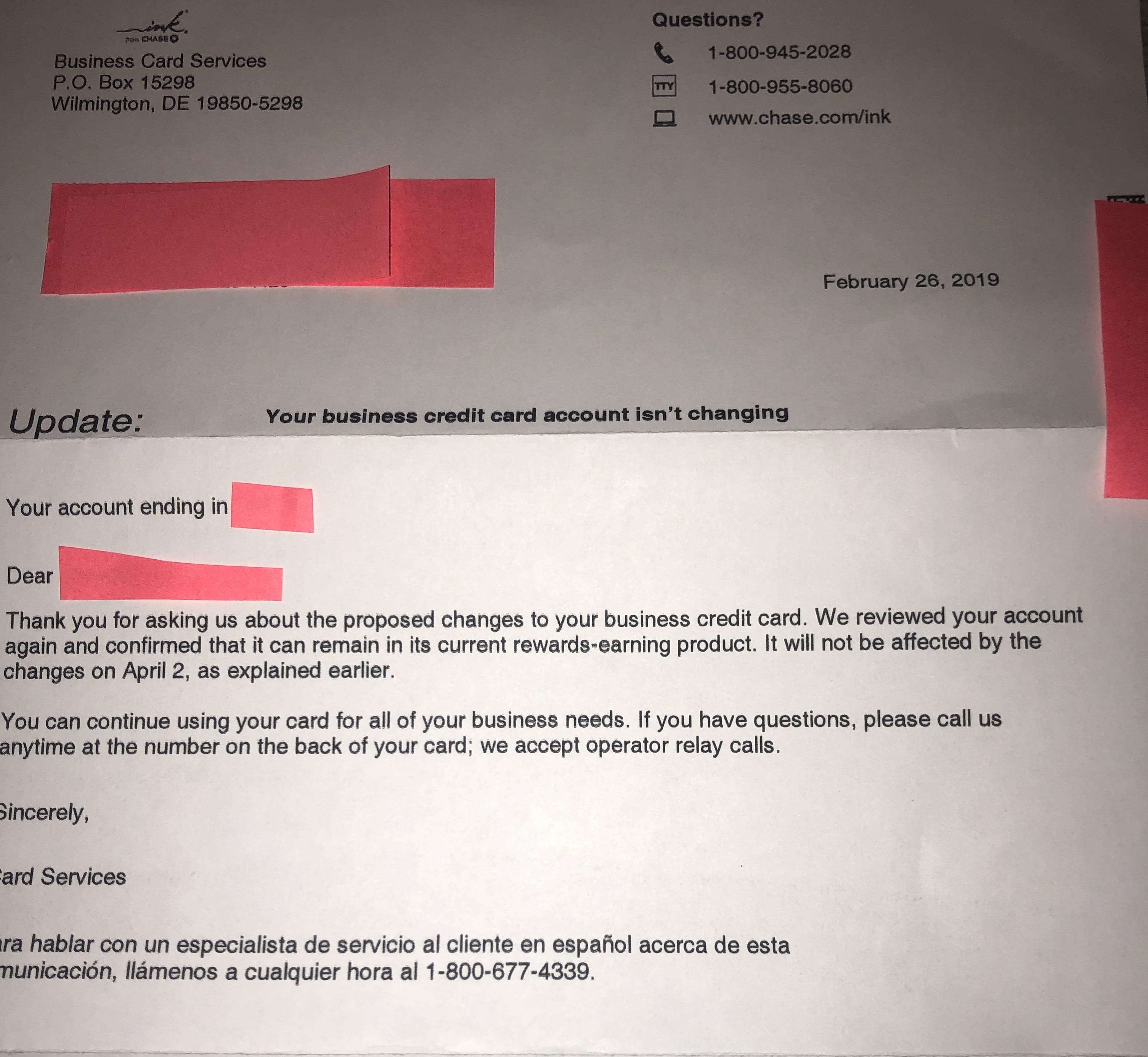Table Of Content
The company operationalized these new decision rights by establishing the necessary budget authorities, decision-making forums, and communications. The blocks naturally fall into four complementary pairs, each made up of one tangible (or formal) and one intangible (or informal) element. By using these elements and considering changes needed across each complementary pair, you can create a design that will integrate your whole enterprise, instead of pulling it apart. However, it’s still important to design roles so people are continually challenged and fulfilled. It contributes to job satisfaction and helps prepare individuals for future promotion to leadership roles.
Journal articles

You can use material from this article in other publications, without requesting further permission from the RSC, provided that the correct acknowledgement is given and it is not used for commercial purposes. Both individuals and organizations that work with arXivLabs have embraced and accepted our values of openness, community, excellence, and user data privacy. ArXiv is committed to these values and only works with partners that adhere to them. A simpler way to view it is to focus on inputs, outputs, and results.
Organization Strategy & Design Consulting Services - Accenture
Organization Strategy & Design Consulting Services.
Posted: Fri, 16 Jul 2021 06:26:07 GMT [source]
Reporting Structure
To sum it all up, organizational design and structure are about making balanced decisions that will give the organization a competitive edge and will help it reach its objectives. Once you have created an organizational design appropriate for the five factors we mentioned earlier, the result is an effective organization. This means an organization that is able to reach its mission and goals. Similarly, a highly stable organization has clearly defined business units while a flexible organization has much more market-focused horizontal overlay units that use different specialists to create customer value. Small organizations are usually responsive, flexible, flat, organic, and entrepreneurial. Large organizations create value through efficiencies, have a global reach and brand, a more stable market, and put more emphasis on managers.

Resources
After training, our clients uncovered millions of dollars in new opportunities just by visiting a local store with paper prototypes. This team went on to launch a new business strategy and innovative services and grab tech headlines for their brand. For one company with non-stop, high-stakes projects, we helped them avoid constant fire drills by helping them develop a simple checklist that works for the redesign structure the organization needs. The checklist helps to gauge 1) if the issue was truly serious, 2) who the right people to contact were, 3) who not to bother, and 4) how to ensure open lines of communication during the fire drill. The department went from having a weekly widespread crisis to nearly none at all. NOBL has helped world-famous organizations consciously design more effective cultures and business units.
Next, we design the organization you want to be
And with this firmly in mind, there are four basic organization design principles. Oftentimes, businesses going through reorganization focus only on technical systems, and within those, almost exclusively on hierarchy – the “org chart.”. A particular type of team structure is the learning organization, which has developed to learn continuously, adapt, and change.
The rewired enterprise: How five companies built to outcompete
It entails creating two distinct, parallel lines of accountability that are equal and intertwined but different. Probably the most well-known and used design model has been the McKinsey model. For example, if you're developing an app, you must have strong engineering capabilities. Decision-makers must also consider capabilities that will give them a strong competitive advantage—i.e., excellent customer service. Organizational design efforts take a lot of resources and time to do properly, so it is critical first to determine if this solution will deliver the desired outcomes.
Organizational design’s purpose is to create a coherent, integrated system that ensures the right people are in the right roles and that the company follows effective decision-making processes. Its goal is to ensure that an organization’s structure facilitates communication and collaboration. Over time, the team has refined our initial approach to suit the evolving layers of structure their organization needs. Traditionally, an organization will hire management consultants to tell them what to do, and then hire a change management firm to plan and oversee those company changes.
If you are new to the world of OD, you might want to look at it and come back for the details. Forward-thinking firms like The Center for Organizational Design, Strategy&, and BCG are reimagining design models and prioritizing personalization for their clients. Even if your company can’t work with these specific firms, consider consultants with a similar philosophy of innovation and customization.
Haphazard Organization Design Is Holding Companies Back From Growth - Josh Bersin
Haphazard Organization Design Is Holding Companies Back From Growth.
Posted: Mon, 14 Mar 2022 07:00:00 GMT [source]
Search articles by author
These building blocks will be the elements you put together for your design (see Exhibit 1). A global electronics manufacturer seemed to live in a perpetual state of re-organization. Introducing a new line of communication devices for the Asian market required reorienting its sales, marketing, and support functions. Migrating to cloud-based business applications called for changes to the IT organization. Effective design defines the value of a role by its impact on competitive performance. Each role should be defined by the competencies needed to deliver a set of defined metrics to the business.
There are likely to be multiple designs that could help your business achieve its objectives. Ultimately, you’ll choose the one design that best fits your strategy and the trade-offs you opt to make. Nobody can make those decisions and trade-offs for you — your business leaders are the only people who have the necessary knowledge, context, and ‘feel’ for the business. Organizational redesign is complex, but no one knows your business as well as your leadership team. To get support, start by finding an outside expert who values your knowledge of the organization and shows a willingness to tailor frameworks to account for external and internal developments. A redesign expert helps company leaders understand the best ways to customize a model for their situation, as he or she has likely seen which changes work and which don’t for similar organizations.
One way organizations overcome the communication and coordination challenges in traditional vertical organizations is to develop a horizontal overlay of linkages among the organization’s parts. The company must also consider that the decisions of the parent company may not bind a subsidiary company. Whether a company wants to maintain a single global company culture is also a factor.



















